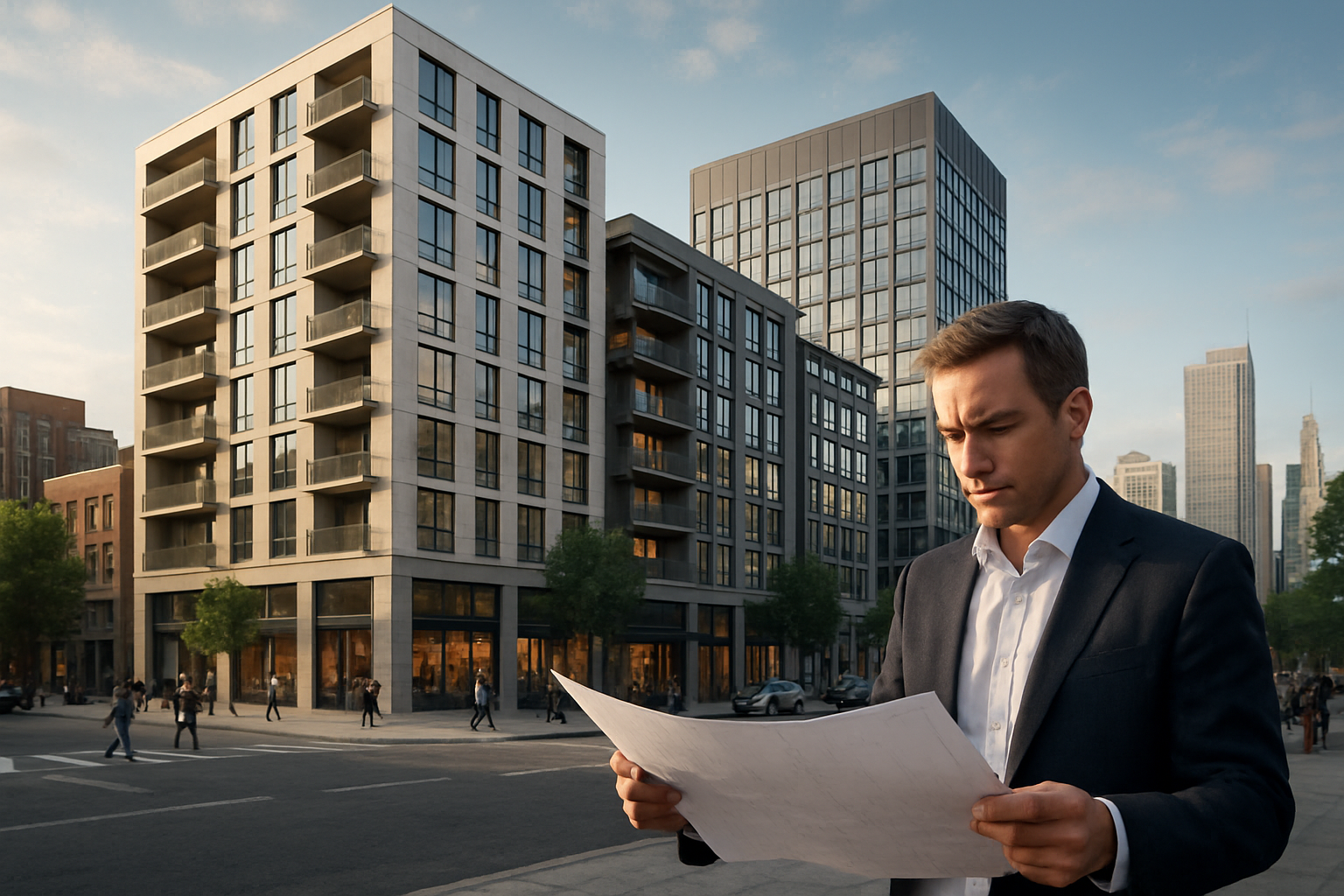Adaptive Reuse: Transforming Commercial Spaces into Residential Gems
In the ever-evolving landscape of real estate, a new trend is reshaping urban skylines and breathing life into forgotten structures. Adaptive reuse, the process of repurposing existing buildings for new functions, is gaining traction as developers and investors seek innovative solutions to housing shortages and changing market demands. With 64% of major US cities experiencing a deficit in affordable housing, this approach offers a unique opportunity to address urban challenges while preserving architectural heritage.

Economic Advantages of Adaptive Reuse Projects
From a financial perspective, adaptive reuse projects can offer substantial benefits to investors and developers. Repurposing existing structures often proves more cost-effective than new construction, with savings of up to 16% on project costs. Additionally, these projects typically have shorter development timelines, allowing for quicker returns on investment. The unique character of converted spaces also commands premium pricing, with some adaptive reuse residential units fetching 15-20% higher rents compared to traditional apartments in the same area.
Overcoming Challenges in Adaptive Reuse
While the potential benefits are significant, adaptive reuse projects come with their own set of challenges. Developers must navigate complex zoning regulations, address potential environmental concerns, and ensure compliance with modern building codes. The process often requires creative problem-solving and collaboration with local authorities. However, many cities are now offering incentives, such as tax credits or expedited permitting processes, to encourage adaptive reuse projects, recognizing their potential to revitalize urban areas and preserve historical structures.
Impact on Urban Landscapes and Communities
Adaptive reuse projects have a profound impact on urban landscapes and local communities. By repurposing existing buildings, these developments help maintain the architectural character of neighborhoods while introducing new residential options. This approach can lead to increased property values in surrounding areas and stimulate local economic growth. Moreover, adaptive reuse often results in mixed-use developments that combine residential, commercial, and communal spaces, fostering vibrant, walkable communities that align with modern urban planning principles.
Future Outlook and Investment Opportunities
As the real estate market continues to evolve, adaptive reuse is poised to play an increasingly important role in urban development strategies. Experts predict that the global adaptive reuse market will grow at a CAGR of 5.7% from 2021 to 2028, presenting significant opportunities for investors and developers. Cities with a rich industrial heritage or aging office districts are particularly well-positioned to benefit from this trend. For investors, identifying potential adaptive reuse projects in up-and-coming areas could yield substantial returns as demand for unique, character-filled urban living spaces continues to rise.
Sustainable Aspects of Adaptive Reuse in Real Estate
Sustainability is a key driver behind the growing popularity of adaptive reuse projects. By repurposing existing structures, developers can significantly reduce the environmental impact associated with new construction. Studies have shown that adaptive reuse can result in up to 40% less material use and 50% less waste compared to demolition and new construction. This approach aligns with the increasing focus on green building practices and can help developers meet stringent environmental regulations while appealing to environmentally conscious tenants and buyers.
Case Studies: Successful Adaptive Reuse Projects
Examining successful adaptive reuse projects provides valuable insights into the potential of this approach. For instance, the conversion of the historic Ponce City Market in Atlanta from a Sears, Roebuck & Co. distribution center into a mixed-use development has become a model for urban revitalization. The project not only preserved a landmark building but also created a thriving community hub with residential units, office spaces, and retail establishments. Similarly, the transformation of abandoned grain silos in Cape Town, South Africa, into the striking Zeitz Museum of Contemporary Art Africa demonstrates how adaptive reuse can create iconic architectural statements while serving new purposes.
Technological Innovations Driving Adaptive Reuse
Advancements in technology are playing a crucial role in making adaptive reuse projects more feasible and efficient. Building Information Modeling (BIM) allows developers to create detailed 3D models of existing structures, facilitating more accurate planning and cost estimation. Virtual and augmented reality technologies enable potential buyers or tenants to visualize the transformed spaces before construction begins. Additionally, innovative construction techniques and materials are making it easier to retrofit old buildings with modern amenities while preserving their historical character.
Legal and Regulatory Considerations
Navigating the legal and regulatory landscape is a critical aspect of adaptive reuse projects. Developers must contend with zoning laws, building codes, and historical preservation requirements, which can vary significantly between jurisdictions. Some cities have introduced specific ordinances to facilitate adaptive reuse, such as Los Angeles’s Adaptive Reuse Ordinance, which streamlines the approval process for converting older buildings to residential use. Understanding and leveraging these regulatory frameworks is essential for successful project execution and can significantly impact the financial viability of adaptive reuse investments.
In conclusion, adaptive reuse represents a compelling opportunity in the real estate market, offering a unique blend of historical preservation, sustainable development, and innovative urban living solutions. As cities grapple with housing shortages and the need for urban renewal, this approach provides a creative and financially viable path forward. For investors, developers, and urban planners alike, mastering the art of adaptive reuse could be key to unlocking value in underutilized properties and shaping the future of our urban landscapes.





